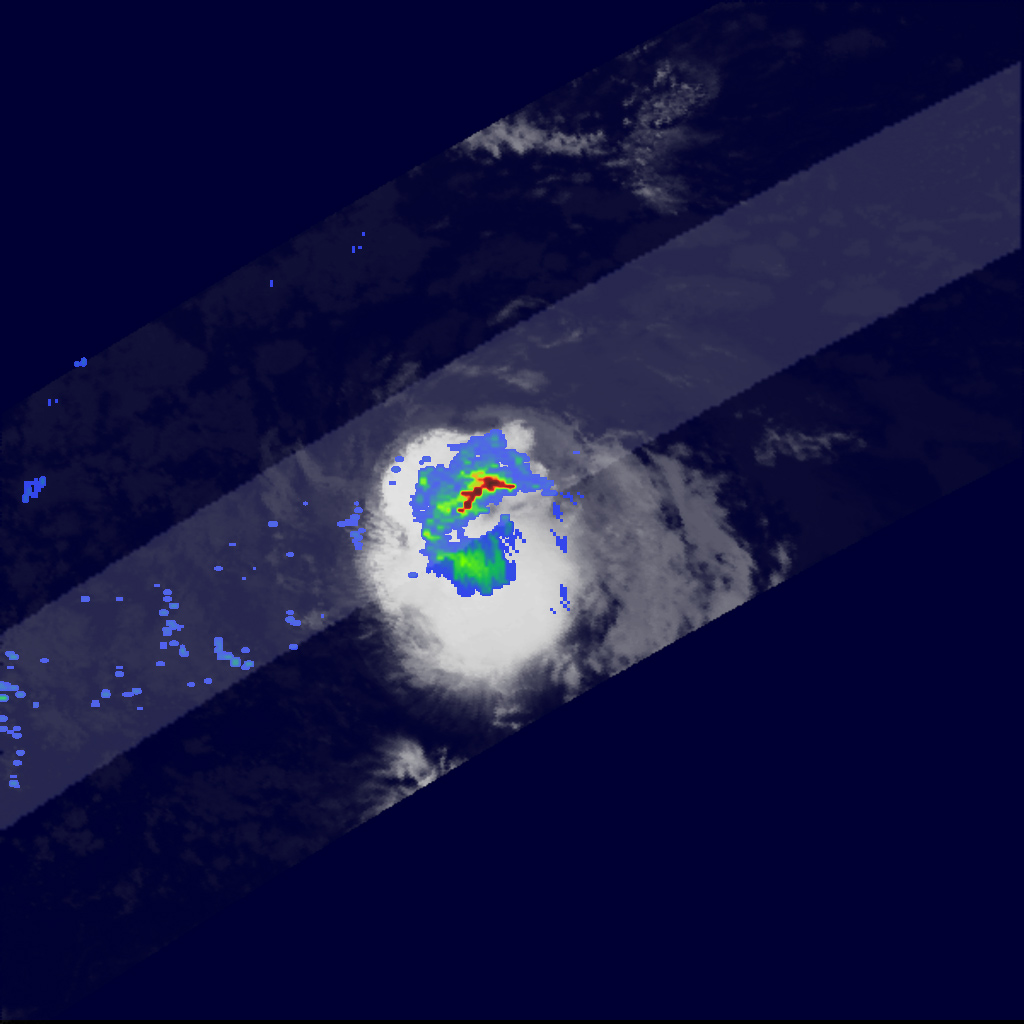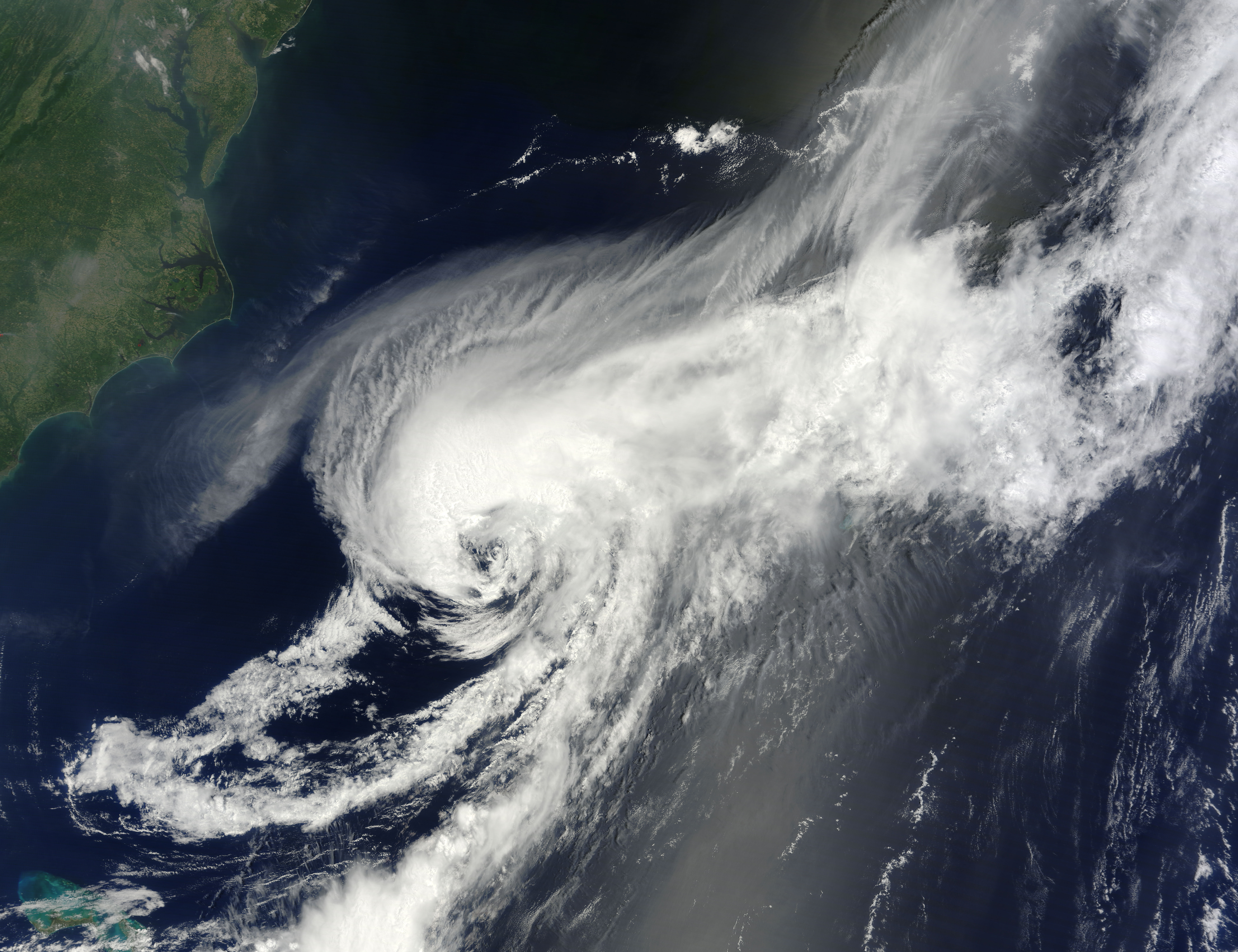Tropical Storm Debby’s Formation and Development

Tropical Storm Debby, a formidable weather system, emerged in the vast expanse of the Atlantic Ocean, its origins tracing back to a tropical wave that meandered westward across the African coast. This wave, a ripple in the atmosphere, carried with it the potential for development, fueled by warm ocean waters and favorable atmospheric conditions.
Debby’s Path and Intensification
Debby’s journey began on June 19, 2012, when it was first classified as a tropical depression, a swirling mass of thunderstorms, located several hundred miles east of the Lesser Antilles. As the depression moved westward, it encountered an environment conducive to its growth. Warm ocean waters, acting as a source of energy, provided the necessary fuel for the storm to intensify. The surrounding atmosphere, characterized by low wind shear, allowed the storm’s central circulation to strengthen, leading to its upgrade to Tropical Storm Debby on June 21.
Debby continued its westward trajectory, passing north of the Lesser Antilles and then making a turn toward the north-northwest. During this phase, the storm encountered a period of relatively weak steering currents, allowing it to meander for a brief period. However, as it approached the southeastern United States, Debby encountered a strong upper-level trough, a dip in the jet stream, which steered it toward the Florida peninsula.
As Debby moved closer to the Florida coast, it interacted with a pre-existing frontal boundary, a zone of transition between warm and cold air masses. This interaction, coupled with the warm ocean waters, contributed to a further intensification of the storm, resulting in Debby reaching its peak intensity as a tropical storm on June 23.
Impact of Tropical Storm Debby

Tropical Storm Debby, while not a major hurricane, left a significant impact on several regions, causing widespread damage and disruption. Its path brought heavy rainfall, strong winds, and coastal flooding, leading to significant human and economic consequences.
Affected Regions and Damage
Tropical Storm Debby’s impact was felt across multiple states in the southeastern United States. The storm made landfall in Florida, bringing heavy rains and flooding to the state.
- Florida: Debby’s heavy rainfall caused widespread flooding in central and northern Florida, particularly in areas like Orlando and Tampa Bay. The storm’s strong winds also caused damage to trees and power lines, leading to widespread power outages.
- Georgia: Debby’s remnants brought heavy rains and flooding to Georgia, causing damage to homes and businesses. The storm also caused significant agricultural losses, particularly in the state’s fruit and vegetable farms.
- South Carolina: Debby’s heavy rains led to flooding in coastal areas of South Carolina, particularly around Charleston. The storm also caused some wind damage and power outages.
Human Impact
Debby’s impact on human lives was significant. The storm caused several deaths and injuries, primarily due to flooding and traffic accidents.
- Casualties: The storm resulted in several fatalities, mostly due to drowning in floodwaters or accidents related to the storm’s impact.
- Evacuations: Thousands of people were evacuated from their homes in Florida and Georgia due to flooding.
- Economic Losses: Debby’s impact on the economy was significant. The storm caused widespread damage to homes, businesses, and infrastructure, leading to substantial economic losses. The agricultural sector, particularly in Florida and Georgia, suffered significant losses due to flooding and crop damage.
Response and Recovery Efforts: Tropical Storm Debby Hurricane

Tropical Storm Debby’s impact demanded a swift and coordinated response from various agencies and organizations. The storm’s widespread effects required a multifaceted approach to address the immediate needs of affected communities and initiate the long process of recovery.
Emergency Response, Tropical storm debby hurricane
The emergency response to Tropical Storm Debby involved a collaborative effort between federal, state, and local agencies, along with non-governmental organizations (NGOs). The Federal Emergency Management Agency (FEMA) played a pivotal role in coordinating disaster relief efforts, providing financial assistance, and deploying resources to affected areas. State and local governments activated emergency response plans, mobilizing emergency services personnel, and establishing shelters for displaced residents.
- Search and Rescue Operations: Emergency responders, including the National Guard and local police and fire departments, conducted extensive search and rescue operations to locate and assist individuals stranded or injured by the storm’s impacts.
- Evacuation and Sheltering: Local authorities issued evacuation orders for areas at risk of flooding and landslides. Evacuation centers were established to provide temporary shelter and essential services to displaced residents.
- Power Restoration: Utility companies worked tirelessly to restore power to affected areas. The storm’s strong winds and heavy rainfall caused widespread power outages, disrupting essential services and impacting daily life.
- Medical Assistance: Medical personnel and emergency medical services were deployed to provide medical assistance to injured individuals and those requiring immediate medical attention.
Recovery Efforts
The recovery process following Tropical Storm Debby was a complex and long-term undertaking, requiring extensive coordination and collaboration among various stakeholders.
- Infrastructure Repair: The storm caused significant damage to roads, bridges, and other infrastructure, requiring extensive repair and reconstruction efforts.
- Debris Removal: Clearing debris from streets, homes, and businesses was a crucial step in the recovery process. This involved mobilizing heavy equipment and coordinating waste disposal efforts.
- Housing Assistance: Many residents lost their homes or sustained significant damage, requiring temporary housing and long-term rebuilding assistance.
- Economic Recovery: The storm’s impact on businesses and livelihoods was substantial, requiring support for economic recovery, including financial assistance and job creation programs.
Effectiveness of Response and Recovery Efforts
The response and recovery efforts to Tropical Storm Debby were generally considered effective in addressing the immediate needs of affected communities. However, challenges remained in areas such as housing assistance, economic recovery, and infrastructure reconstruction.
- Challenges:
- The scale of the damage and the number of affected individuals presented significant logistical challenges for coordinating relief efforts.
- Access to remote areas was often difficult due to road closures and flooding, delaying the delivery of aid and services.
- The recovery process was slow and complex, requiring sustained efforts and long-term financial support.
- Areas for Improvement:
- Strengthening communication channels between agencies and communities to ensure timely and accurate information dissemination.
- Improving access to resources and services for vulnerable populations, including the elderly, disabled, and low-income residents.
- Developing more robust infrastructure to withstand future extreme weather events and mitigate the impact of natural disasters.
Tropical storm debby hurricane – Tropical Storm Debby, while a formidable force of nature, was no match for the resilience of the people of Florida. It’s a reminder that even amidst the chaos, there are those who shine brightly, like Minnesota’s First Lady, Gwen Walz , who tirelessly works to support communities in need.
While Debby’s winds may have subsided, the spirit of Floridians remains strong, just like the unwavering commitment of individuals like Gwen Walz who embody the true meaning of community support.
Tropical Storm Debby, with its relentless rain and howling winds, might seem like a world away from the frozen tundra of Minnesota. However, even amidst the swirling chaos, Governor minnesota tim walz likely had a moment to spare a thought for the folks battling the storm, wondering if they had enough supplies of hotdish and flannel to weather the tempest.
After all, we Minnesotans are known for our resilience, even in the face of a hurricane named after a pleasant summer day.
